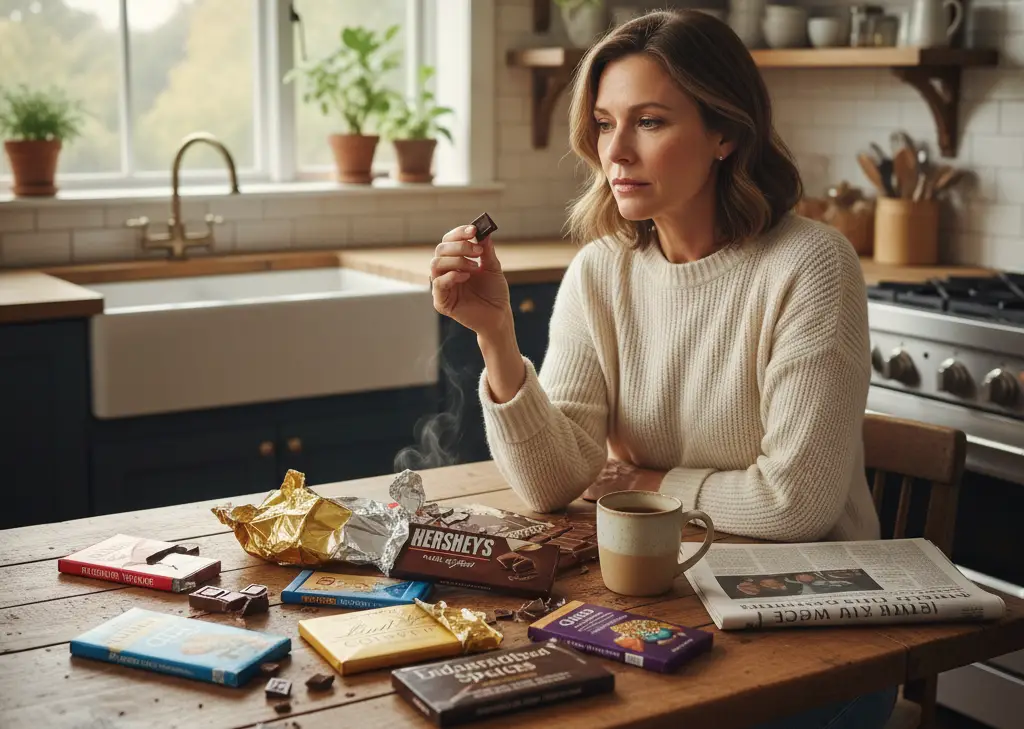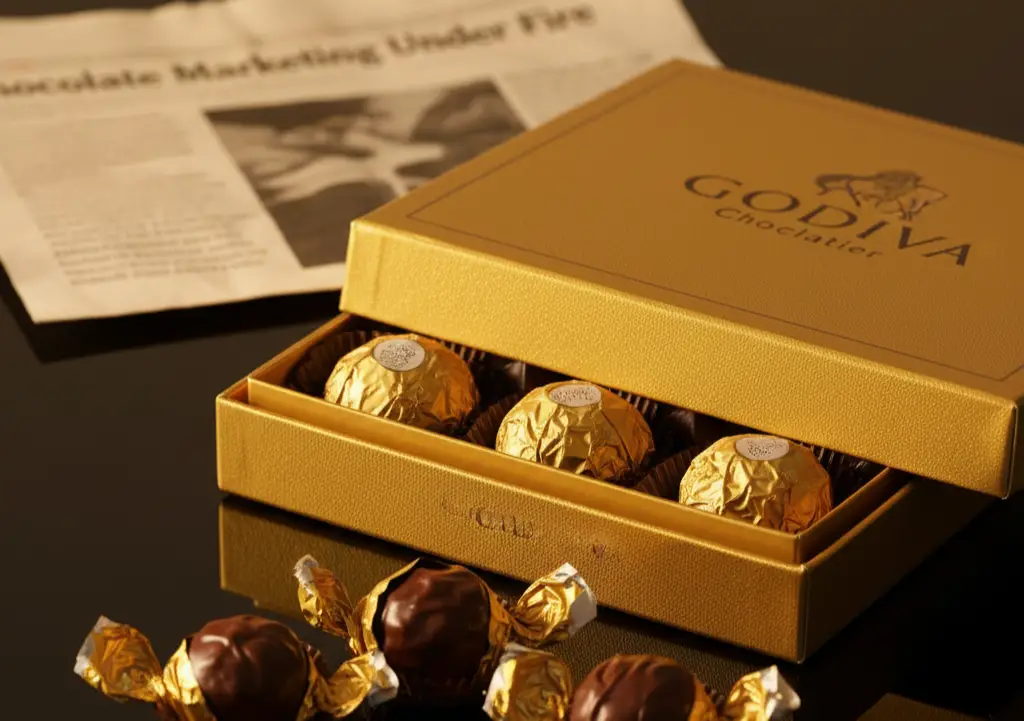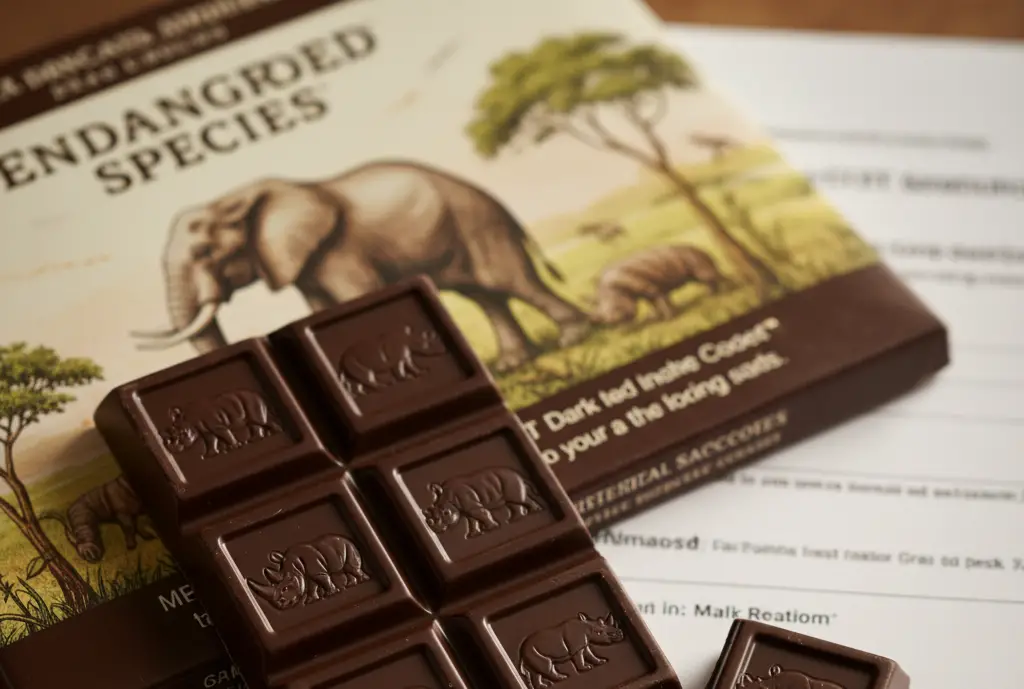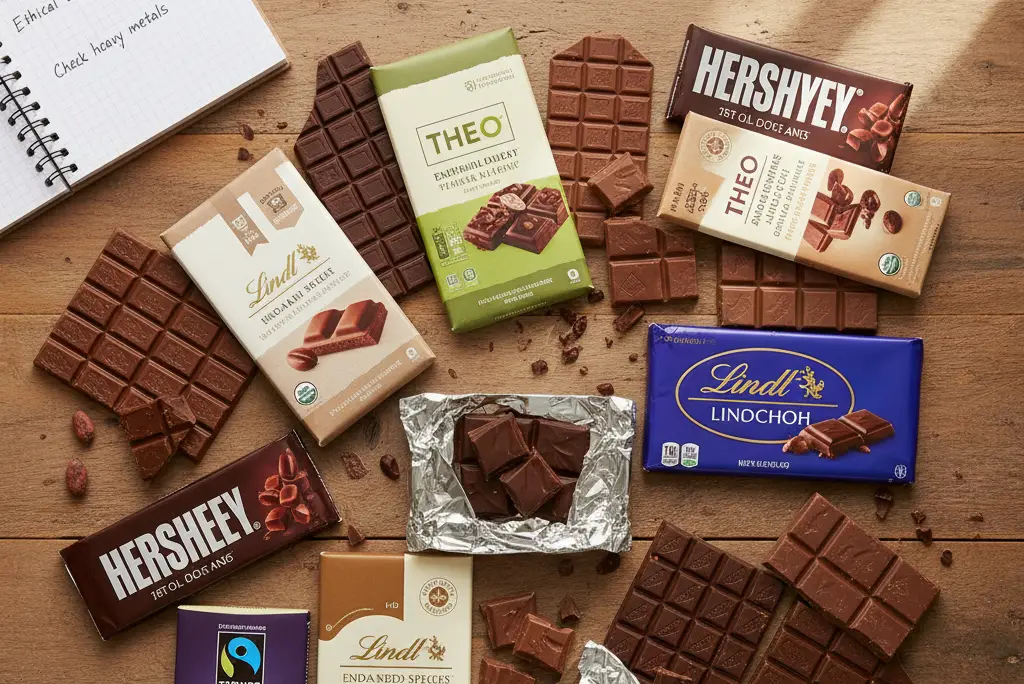Why You Might Want to Skip These 7 Chocolate Brands This Year

Chocolate is one of life’s simplest pleasures. Whether it’s a mid-afternoon pick-me-up, a post-dinner treat, or that little bite of comfort during stressful days, there’s something magical about unwrapping a piece of chocolate. The silky texture, the instant mood boost, the comforting sweetness—it’s pure joy in edible form.
But here’s the bitter truth: not all chocolate is created equal. Behind the glossy wrappers and sweet marketing, some popular brands have recently come under fire for questionable ingredients, ethical issues, or even safety concerns. From heavy metals to deceptive branding, what’s hidden beneath the foil might surprise you.
If you love chocolate but also care about what goes into your body (and where it comes from), this list might make you think twice before your next candy aisle grab. Here are seven well-known chocolate brands that have been facing scrutiny this year—and why you might want to skip them or at least pause before indulging.
1. Hershey’s

Hershey’s is practically synonymous with American chocolate. From childhood s’mores to Halloween candy bowls, it’s been a household favorite for over a century. But recently, that familiar brown wrapper has been shadowed by controversy. Several lawsuits allege that some of Hershey’s dark chocolate bars contain concerning levels of heavy metals—specifically lead and cadmium.
These metals can build up in the body over time and are linked to health risks such as developmental issues, kidney damage, and cognitive decline. Independent tests have shown that a one-ounce serving of certain Hershey’s dark bars reportedly exceeded California’s maximum allowable dose level for lead—more than double, in some cases.
While Hershey’s has defended its sourcing and quality control, this situation has shaken consumer trust. For many who grew up on Hershey’s, the revelation is a sobering reminder that familiarity doesn’t always equal safety.
2. Lindt

When you think of Lindt, you probably picture smooth truffles wrapped in elegant gold foil, the kind you treat yourself to or give as gifts during the holidays. Lindt has long positioned itself as a luxury chocolate—creamy, rich, and European. But even this premium favorite hasn’t escaped scrutiny.
Recent lawsuits have claimed that some of Lindt’s dark chocolate bars also contain elevated levels of lead and cadmium. These findings were especially disappointing for consumers who assumed that paying more meant getting a purer product. After all, Lindt’s branding revolves around craftsmanship and quality—so hearing that safety could be an issue felt like a betrayal.
While not all of Lindt’s products have been implicated, it’s a good reminder that even “luxury” labels don’t guarantee what’s inside is completely clean. If you’re a Lindt lover, you may want to moderate your intake or check for updated safety reports before your next indulgence.
3. Godiva

Few brands carry the aura of romance and luxury quite like Godiva. Its gold boxes and ribbon-tied packaging have long been staples of Valentine’s Day gifts, anniversaries, and special occasions. But in recent years, the shine has started to fade.
Godiva has faced accusations of misleading marketing, particularly around its “Belgian” identity. While the brand proudly displays “Belgium 1926” on its boxes, many of its chocolates are actually manufactured in the United States and other locations—far from the traditional Belgian chocolatiers it evokes.
Additionally, Godiva’s dark chocolate products have been mentioned in discussions about heavy metal contamination, though not all varieties have been implicated. For a company built on elegance and trust, these issues raise questions about transparency. The lesson here? Don’t let fancy packaging fool you—always look deeper into where your favorite treats are really made.
4. Cadbury

Cadbury is pure nostalgia for millions. Whether it’s a Dairy Milk bar or a Cadbury Creme Egg, the purple wrapper instantly sparks memories of simpler times. But behind the comforting brand lies a more complicated reality.
Cadbury’s parent company, Mondelez International, has been called out by human rights organizations for not doing enough to ensure ethical cocoa sourcing. Reports have linked its supply chain to farms using child labor and unfair working conditions in West Africa—issues that continue to plague the global chocolate industry.
This isn’t just about what’s inside the chocolate—it’s about who’s behind it. Supporting companies that take responsibility for their labor practices helps ensure that the sweetness of your treat doesn’t come at the expense of someone else’s well-being. For consumers who care about fairness and sustainability, Cadbury’s ongoing labor concerns are a major red flag.
5. Trader Joe’s Chocolate Bars

Trader Joe’s has a devoted following for a reason—its quirky labels, creative snacks, and affordable prices have earned it cult status. But even this fan-favorite grocer has faced heat over its chocolate.
Several of its private-label dark chocolate bars were named in lawsuits alleging unsafe levels of heavy metals like lead and cadmium. While some of the legal actions were later dismissed, the initial reports were enough to make shoppers wary.
The issue lies in perception: Trader Joe’s has cultivated a wholesome, “good for you” image, leading consumers to assume that its products are automatically cleaner or safer. Yet this controversy proved that even brands with friendly, earthy vibes can have problems beneath the surface. If dark chocolate is one of your TJ’s staples, it might be worth checking which varieties were tested before stocking up again.
6. Theo Chocolate

Theo Chocolate built its reputation as an ethical, small-batch, bean-to-bar brand that championed transparency and fair trade practices. Many consumers embraced it as a feel-good alternative to mass-market options. But even this beloved craft chocolatier hasn’t been immune to scrutiny.
Consumer Reports found that some of Theo’s dark chocolate bars contained lead and cadmium levels exceeding California’s safety thresholds. For a brand that markets itself as clean, organic, and sustainable, the findings were deeply disappointing.
To be fair, Theo responded by emphasizing its commitment to quality testing and sustainable sourcing, and not all of its products were affected. Still, the situation underscores a crucial point: even artisanal, organic labels can fall short of perfection. Ethical sourcing and safe ingredients must go hand in hand, not trade off one for the other.
7. Endangered Species Chocolate

Endangered Species Chocolate has long been celebrated for combining indulgence with purpose. The brand donates a portion of profits to wildlife conservation efforts and uses packaging that highlights various endangered animals—a mission that resonates with eco-conscious consumers.
However, recent independent tests detected higher-than-recommended levels of lead in some of its dark chocolate bars. For a company whose identity revolves around doing good for the planet, this revelation was especially tough. Many customers were left conflicted—wanting to support its environmental mission but also concerned about product safety.
The takeaway here is that even companies with the best intentions can face challenges when it comes to ingredient purity. Supporting their cause is still worthwhile, but as a consumer, you should always prioritize transparency and stay informed about updated test results.
Final Thoughts

No one wants to give up chocolate completely—it’s too comforting, too nostalgic, and frankly, too delicious. But knowledge is power, and being aware of what’s in your favorite brands can help you make smarter, safer choices. The goal here isn’t to scare anyone off chocolate but to encourage mindfulness in what we buy and support.
If heavy metal contamination or unethical sourcing practices concern you, there are plenty of alternatives that prioritize both taste and transparency. Look for brands that publish third-party testing results, display fair trade certifications, and openly share where their cocoa comes from. Smaller bean-to-bar makers that emphasize traceable ingredients often offer safer and more ethically made chocolate.
It’s also worth noting that heavy metal levels can be higher in darker chocolate because of its higher cocoa content. If you love the flavor but want to limit potential exposure, consider enjoying milk chocolate varieties more often or savor dark chocolate in moderation.
At the end of the day, chocolate should make you feel good—not just because of its taste, but because you can enjoy it with confidence. By taking a moment to check labels, read ingredient lists, and stay informed, you can still enjoy your favorite indulgence without worry.
So, next time you reach for a chocolate bar, think about where it came from and what it represents. Sometimes, the sweetest choice is the one that feels right for both your body and your conscience.
Leave a Reply